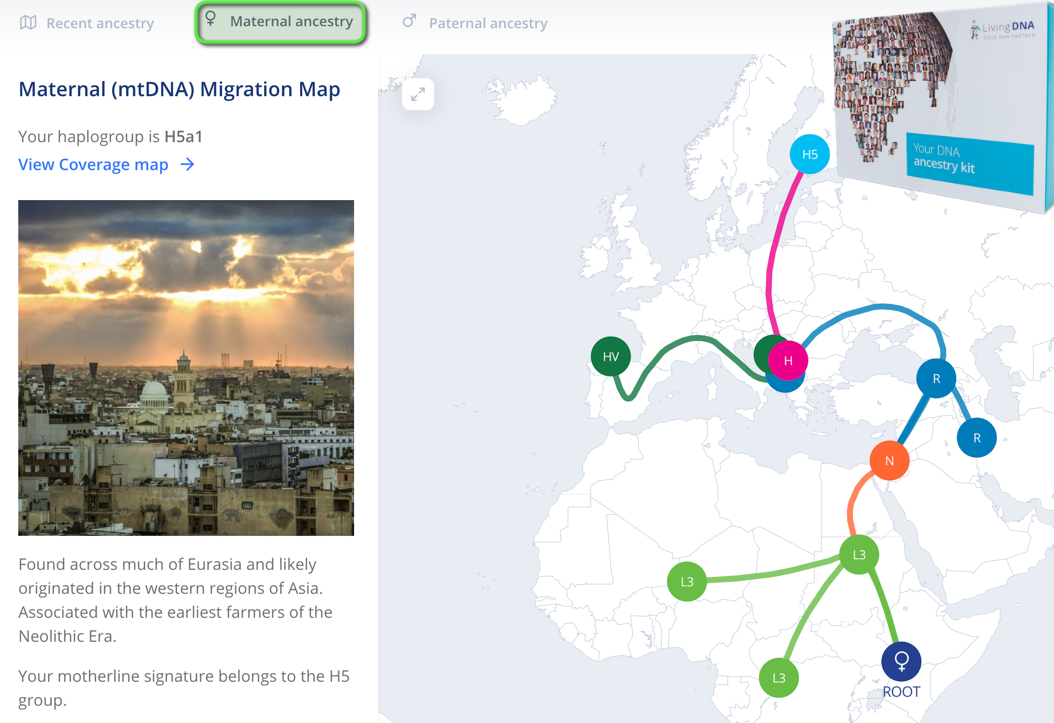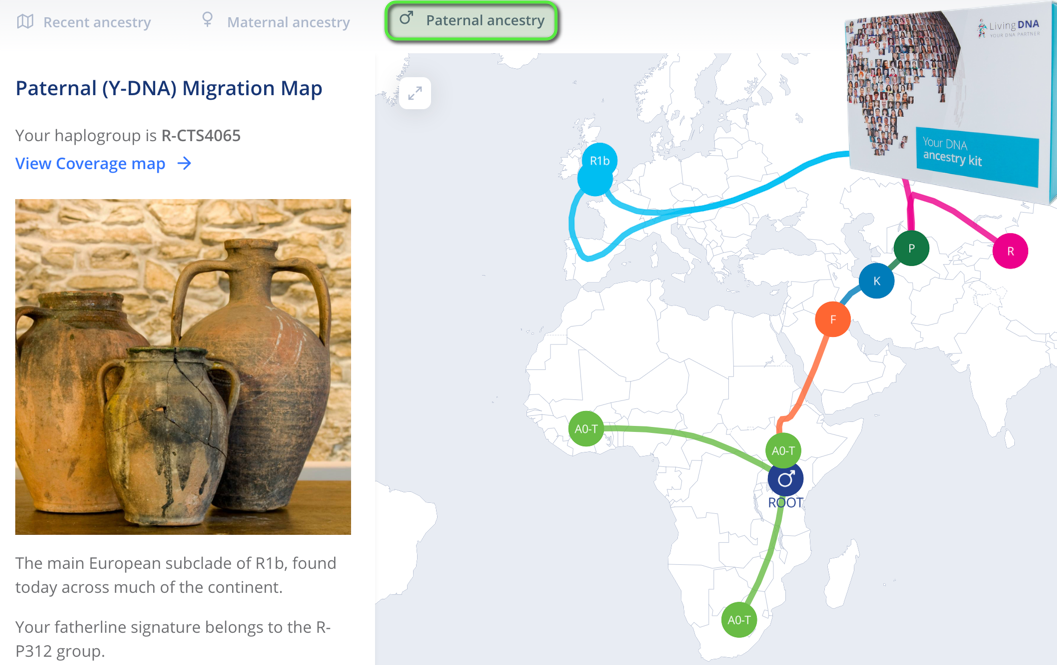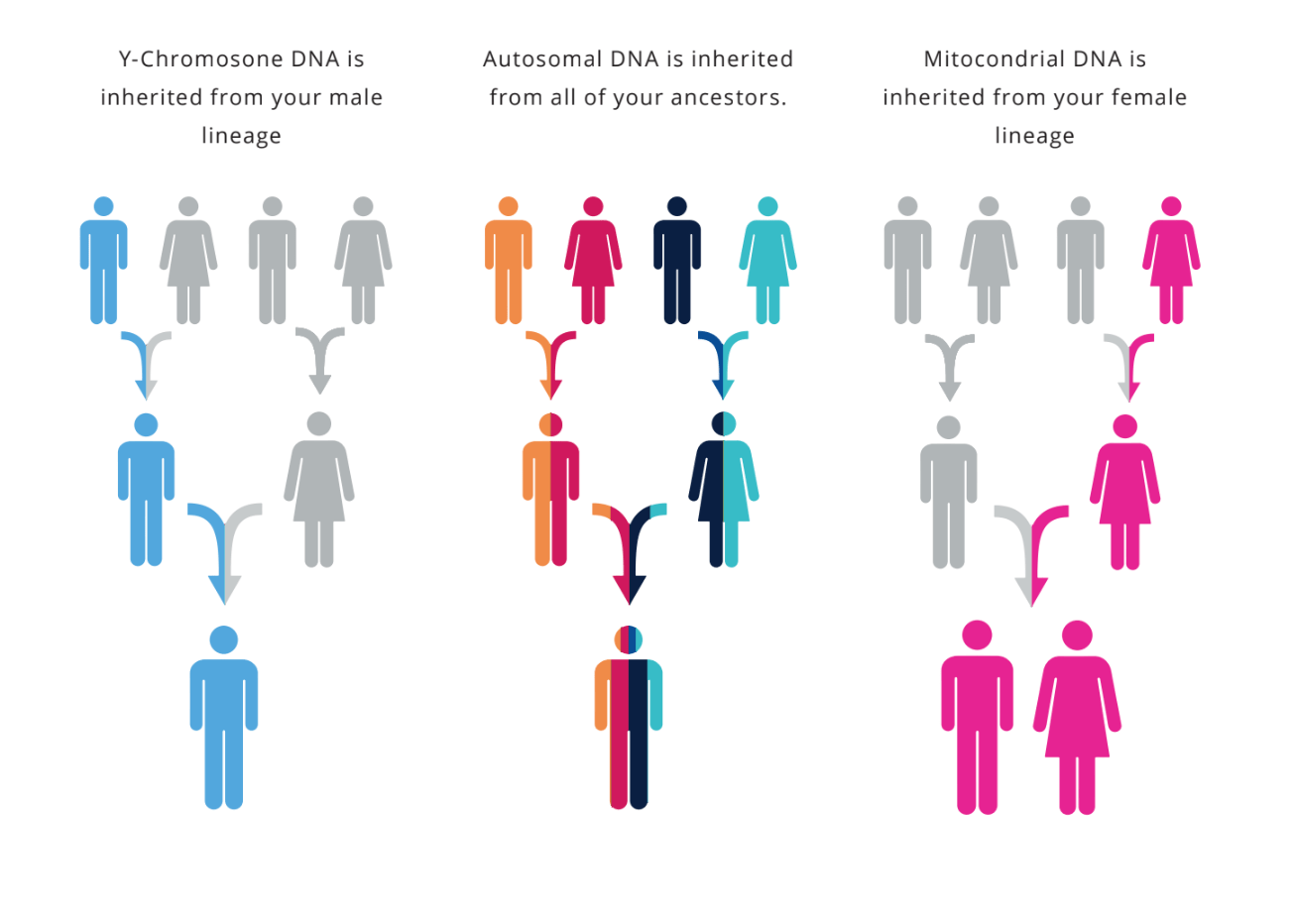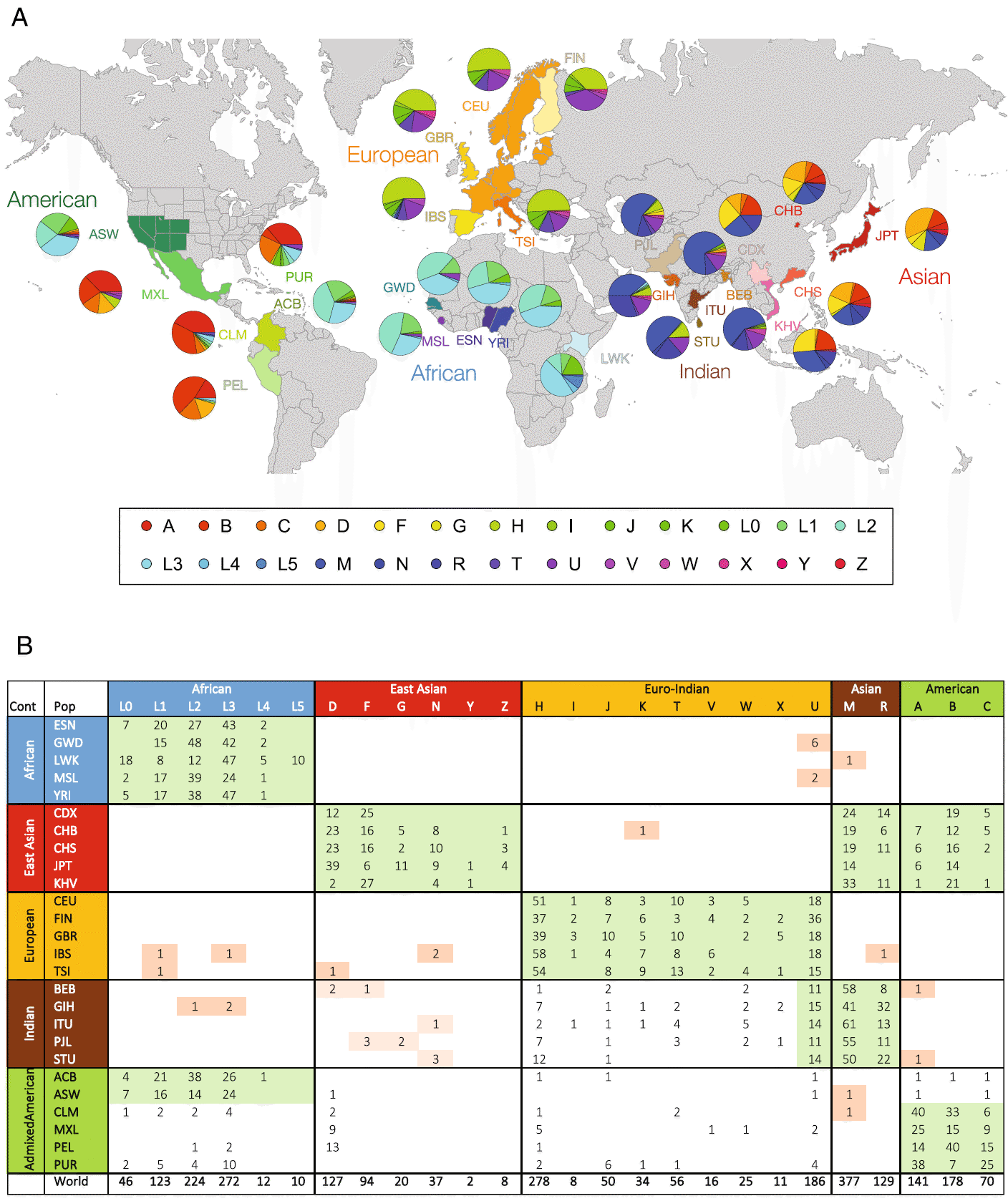Welcome back! Throughout much of our recent content, we’ve regularly used the word ‘haplogroup’, a scientific term that is so normal and commonplace in our industry but might actually be scientific jargon to some of our readers. In this article, we intend to educate you about haplogroups, whilst answering some of the most frequent questions surrounding them.
To get us underway...
What are haplogroups?
Ah, the big question. Well, to simplify, according to the International Society of Genetic Genealogy, a haplogroup is a genetic population group of people who share a common ancestor on either their paternal or maternal line. Particular haplogroups are associated with well-known ancestral groups such as the Vikings, Aboriginal Australians, and the Celts. While Living DNA can't tell you whether your haplogroup is associated with these ancestries, there are resources available online to aid your further research and put together the pieces.
Haplogroups follow male and female descendancy lines, with Y-DNA passing from father to son, and mtDNA passing from mothers to both daughters and sons. All haplogroups started as the original haplogroup in Africa, and as the many millennia have passed by, more and more haplogroups have come to be. Each time the DNA has mutated, a group has split off and they have become their own haplogroup.
What is the most common haplogroup?
mtDNA haplogroup H can be found within as much as 40% of European people, making it the most common maternal haplogroup in the west. It is also commonly found in North Africa, the Middle East, Central Asia, and Northern Asia.
L1, L2 and L3 are the most common mtDNA haplogroups in Africa, whereas B, C, D, M and Y are the haplogroups with higher frequencies in most South and East Asian countries, N and P in Oceania, and A, B, C and D in America.
As for Y-DNA haplogroups, R1 is the most common haplogroup in Europe, J is the most prevalent in the Middle East, E and A in Africa, C, O and L in Asia and Oceania and Q in America.
Are haplogroups accurate?
Haplogroups are perfectly accurate, but this question is usually asked in response to receiving an ancestry DNA test and wanting to sure up the results. In this instance, the Living DNA approach is a conservative one - if we are not sure about a haplogroup assignation, we will assign the most recent common ancestor haplogroup (e.g. if we are not confident whether your haplogroup is R1b1a1 or R1b1a2, you will be assigned R1b1a).
What’s the difference between Maternal Haplogroups and Paternal Haplogroups?
Maternal Haplogroups
Maternal haplogroups (from the mother) are determined by assessing mitochondrial DNA (mtDNA). Unlike other types of DNA, the mtDNA is found outside the cell nucleus and that means it does not mix with other types of DNA. This also means that you will have the same maternal haplogroup as everyone else in your direct maternal line: your mum, brother, sister, aunt, and grandmother on your mother’s side. Follow that haplogroup back to its origins and you’ll find a single mutation occurred at some point in history.

An example of a Maternal (mtDNA) migration map from the Living DNA user dashboard
Paternal Haplogroups
Paternal haplogroups are a little more difficult to understand. The paternal haplogroup relates to your Y chromosome, and since that is the sex-determining chromosome for men, it is passed down from father to son. As women don’t have a Y chromosome, they will not have a paternal haplogroup by default, however, they are able to find out what their paternal haplogroup is if a male relative from the father’s side (ideally a brother, father, uncle, or grandfather) is also tested.

An example of a Paternal (Y-DNA) migration map from the Living DNA user dashboard
How many haplogroups can a person have?
Every person has two haplogroups, one for their maternal line and one for their paternal line, although females cannot be assigned a paternal line by direct testing since they do not carry the Y chromosome (see previous question).
Your classification as being part of a certain haplogroup is dependent on the number of SNPs (single nucleotide polymorphisms, which essentially means mutations) that you exhibit. By doing a DNA ancestry test, your SNPs will be examined and your haplogroups will be revealed.

How do you find out your haplogroups?
To find out your haplogroups, you need to take a genetic DNA test, and of course, we recommend our own DNA testing kit! We have the testing market’s most informative results, especially when it comes to sub-regional ancestry, allowing us to plot and map where your ancestors lived and where they migrated to.
As well as finding our your haplogroup, the DNA ancestry test will assess your various genetic markers and reveal interesting information about your:
- Recent ancestry - uncovering the movements of the last 500 years of your ancestors
- Sub-regional ancestry - revealing the regions your ancestors populated. Living DNA offers the most detailed sub-regional ancestry report on the market
- Extended ancestry - taking a look back tens of thousands of years on your ancestors’ global journeys to see how they ended up where they did
- DNA matches - seeing if any other DNA testing customers come up as a biological match with you
Haplogroup Map Example
Human mtDNA haplogroup distribution, based on analysis of 2,054 individuals from 26 populations.

Lavanya Rishishwar and I. King Jordan / CC BY
